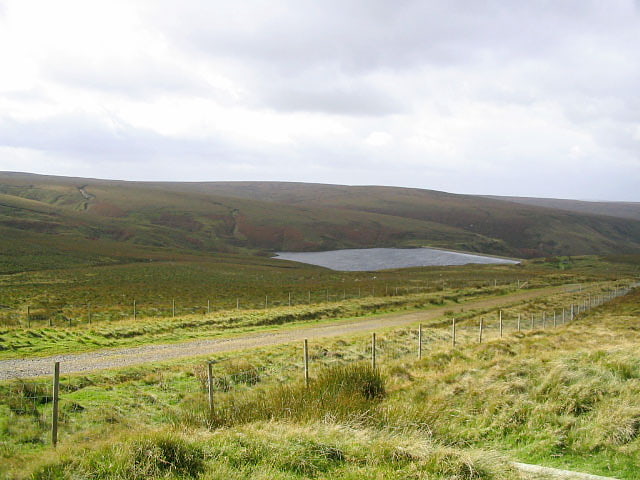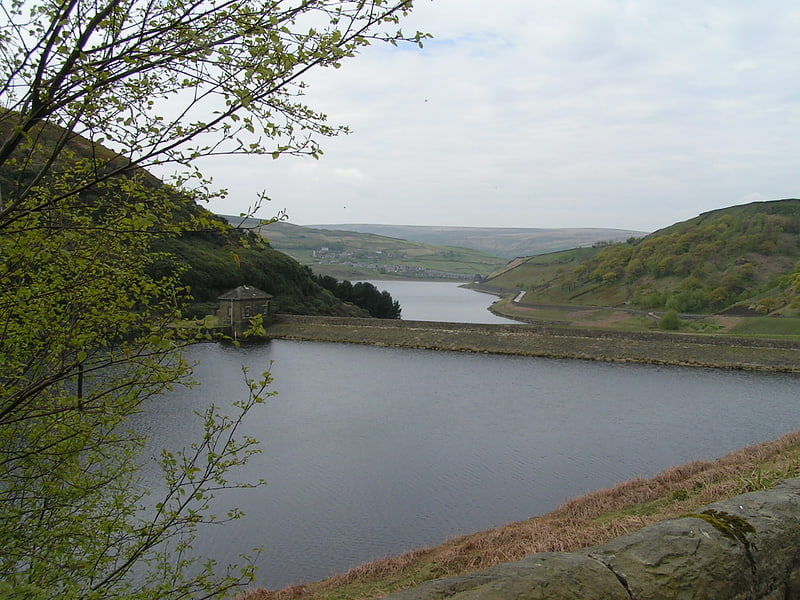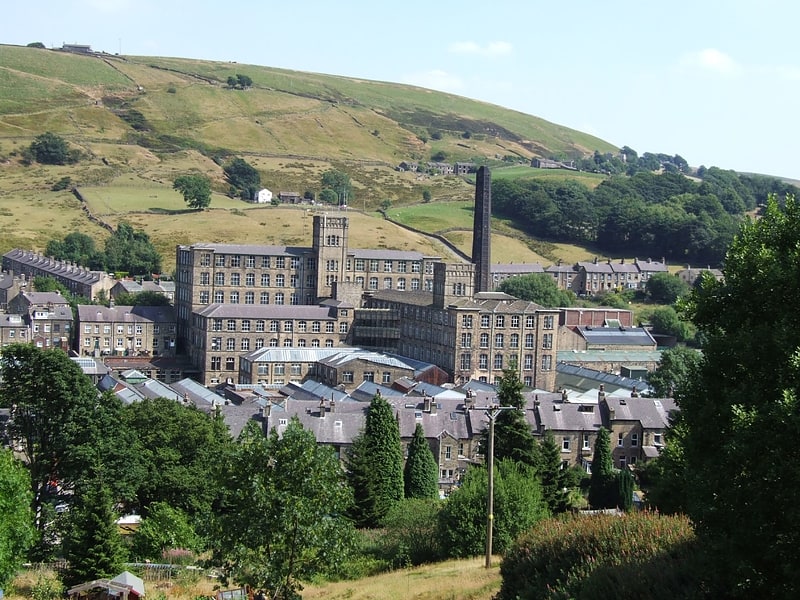Discover 4 hidden attractions, cool sights, and unusual things to do in Marsden (United Kingdom). Don't miss out on these must-see attractions: Wessenden Head Reservoir, Wessenden Reservoir, and Wessenden Valley. Also, be sure to include Bank Bottom Mill in your itinerary.
Below, you can find the list of the most amazing places you should visit in Marsden (England).
Table of Contents
Wessenden Head Reservoir

Reservoir in England. Wessenden Head Reservoir is the highest in a series of four reservoirs in the Wessenden Valley above the village of Marsden in West Yorkshire, at the northern end of the Peak District National Park.
Following the Wessenden Act of Parliament of 1836, Wessenden Reservoir was created by the construction of an earth embankment across Wessenden Brook. The Huddersfield Waterworks and Improvements Act of 1876 approved the building of a new reservoir above Wessenden Reservoir. Wessenden Head Reservoir was built between 1877 and 1881, fed from a catchwater drain via a sluice in the Shiny Brook (a tributary of Wessenden Brook). The Huddersfield Waterworks Act of 1890 led to Huddersfield Corporation purchasing the reservoirs from the Wessenden Commissioners in order to supply drinking water to the town.
Wessenden Head Reservoir has a storage capacity of 82,000,000 imperial gallons (370,000,000 l). The reservoir is currently owned and operated by Yorkshire Water.
The Wessenden Valley Woodland Project was initiated in 2017 to develop natural habitats with increased biodiversity.
The Pennine Way long-distance footpath runs along the northern side of the reservoir and its dam.[1]
Wessenden Reservoir

Wessenden Reservoir is the second in a series of four reservoirs in the Wessenden Valley above the village of Marsden in West Yorkshire, at the northern end of the Peak District National Park.
Following the Wessenden Act of Parliament of 1836, the Wessenden Commissioners were established to build Wessenden Reservoir, to supply water to power the mills further down the valley and to protect people and property from floods. The reservoir was created by the construction of an earth embankment across Wessenden Brook. The reservoir ran dry during droughts in 1852, 1864 and 1865. The Huddersfield Waterworks Act of 1890 led to Huddersfield Corporation purchasing the reservoir from the Wessenden Commissioners in order to supply drinking water to the town.
Wessenden Reservoir has a storage capacity of 107,000,000 imperial gallons (490,000,000 l). The reservoir is currently owned and operated by Yorkshire Water.
The Wessenden Valley Woodland Project was initiated in 2017 to develop natural habitats with increased biodiversity.
The Pennine Way long-distance footpath runs along the northern side of the reservoir and its dam. The Peak District Boundary Walk long-distance trail also passes the northern end of the dam.[2]
Wessenden Valley

The Wessenden Valley is a moorland valley in the Dark Peak, immediately south of Marsden in West Yorkshire, England. The name Wessenden derives from Old English and means the 'valley with rock suitable for whetstones'. The valley was formed by retreating glaciers at the end of the last ice age and continues to be cut by the Wessenden Brook a tributary of the River Colne with a catchment of 6.28 square miles.
The valley is in the Marsden Moor Estate and occupied by four reservoirs, namely Wessenden Head, Wessenden, Blakeley and Butterley, the largest. The Kirklees Way and Pennine Way long-distance footpaths follow the valley. The upper part of the valley near Wessenden Head is managed by the National Trust as part of the 5,000-acre Marsden Moor Estate.
Butterley Reservoir's spillway, the only one of its kind in England, was a Grade II Listed structure until Yorkshire Water renovated it using concrete after winning a case on appeal.[3]
Bank Bottom Mill

Bank Bottom Mill, later known as Marsden Mill, was from 1824 an important centre for the production of woollen cloth in Marsden, West Yorkshire, England. Originally a fulling mill, Bank Bottom Mill reached its heyday in the late nineteenth and early twentieth centuries under the ownership of the Crowther family, in particular John Edward Crowther, a businessman and philanthropist. However, the cloth industry declined in the late twentieth century, and production of woollen cloth finally ceased in 2003.[4]